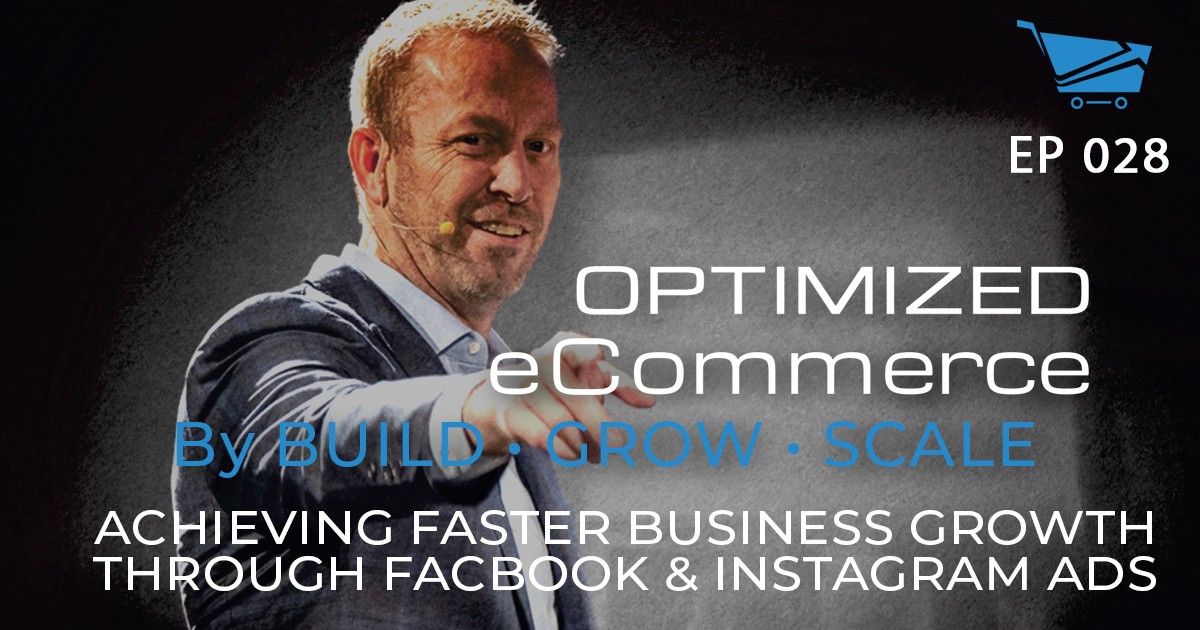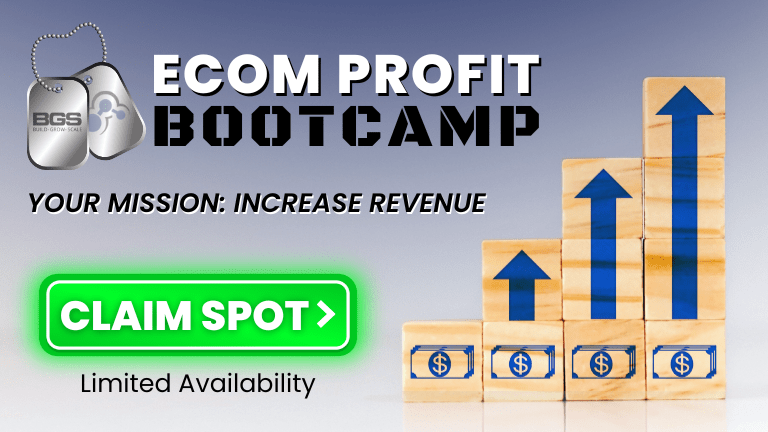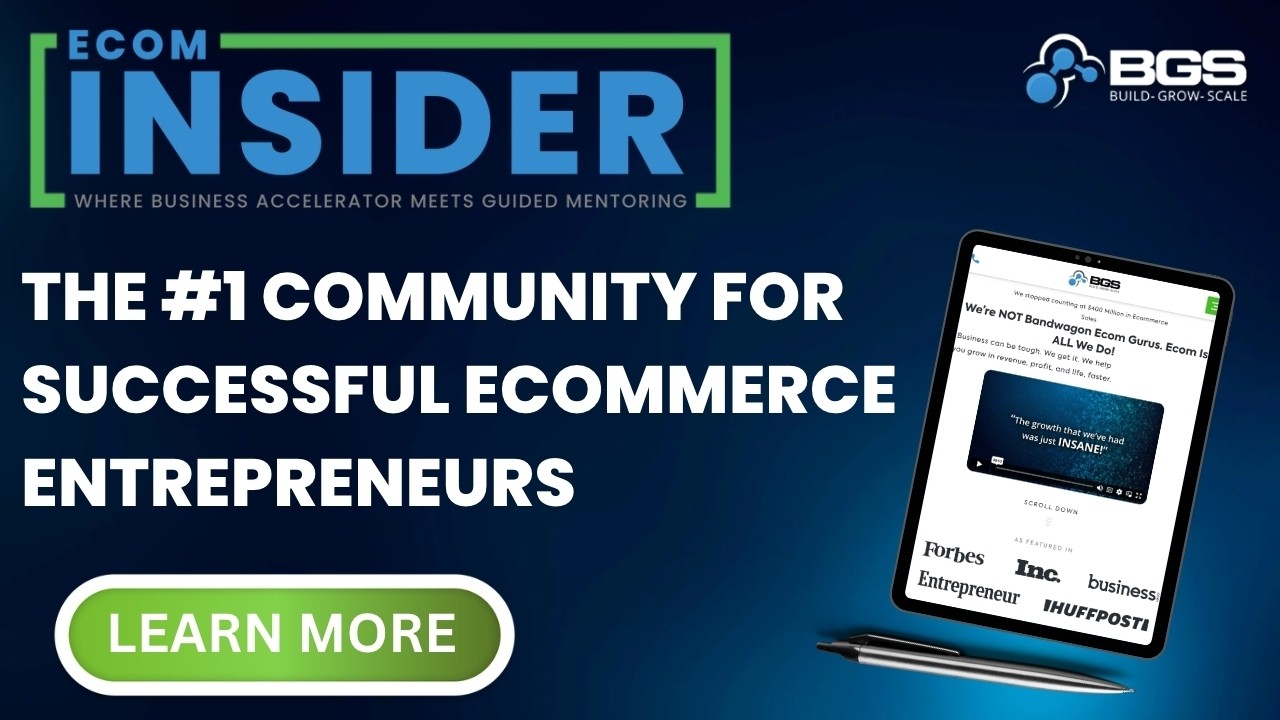Optimized Ecommerce EP 028 – Achieving Faster Business Growth Through Facebook & Instagram Ads

Welcome to Episode 028 of Optimized Ecommerce – Achieving Faster Business Growth Through Facebook and Instagram Ads. I am your host, Tanner Larsson, CEO of BGS.
BGS means Build Grow Scale! It is a community that we founded where Ecommerce entrepreneurs and physical product sellers come to learn how to take their businesses to the next level.
This week, our special guest Ralph Burns joins me to talk about his journey in building his business as an affiliate and how he started running online advertising for Ecommerce stores to help their business grow faster.
Ralph Burns is the CEO of Tier 11, he is an expert in running Facebook and Instagram ads for Ecommerce companies. He and his amazing team has been running ads since 2010 — bringing more sales, leads, growth, and traction to dozens of industries.
Here’s just a taste of what we talked about today:
We talked about the Reader’s Digest version of Ralph’s background and what makes him good at what he currently does.
Ralph got fired twice in the corporate world which motivated him to make money on his own without having a boss — aside from his wife.
He started off as an affiliate which turned into running ads for people that he knows and then later on turned into a full services agency. They were initially doing a lot of different things for their clients such as SEO, Google ads, Yahoo, Bing ads back when those existed.
When Facebook started putting ads on the newsfeed in 2010, Ralph had tested it out as an affiliate. And then, when Facebook developed targeting ads in the newsfeed in 2013, Ralph pivoted the whole agency to just Facebook and Instagram ads. That’s what they have been doing for the last eight years with over 50 people in his team.
Then we talked about how the ad structure is working and what’s changing.
Back in March 2020, a third of their customers didn’t really know what’s going to happen because of the pandemic. The other third viewed the situation as an advantage for them because their products were in demand during the recovery.
Ralph did lose a fair amount of customers who were sort of bricks and mortar back then. But they noticed a sudden demand from businesses that have never done a whole lot of activities online and turned their focus towards that- most of them are Ecommerce businesses.
And what better platform to bring these businesses online than Facebook and Instagram with 4 billion active users — making them the best platform for social media advertising.
Ralph also discussed what people can do right now to take advantage of what’s happening on Facebook and Instagram.
Ralph mentioned the political side of Facebook, “It’s an 800-pound gorilla right now.”
Facebook admitted that political ads are affecting the algorithm. But despite all the political ads, advertisers still have great offers and people are still out there, buying.
And we discuss what is currently working and what is not. The fact is, there is so much competition out there. But if you have a great offer, you know that it takes care of a lot of bills and you’re still going to do well.
We also discussed a few other fun topics, including:
- What’s happening with the political landscape in terms of running ads on Facebook and how is this creating competition.
- What does Tier 11 do to get their clients prepped for Black Friday? What does it look like from an advertising standpoint to gear up for Black Friday or Cyber Monday?
- Discover Tier 11’s secret weapon behind their system and the process they use for their ad campaigns.
That and more… But you’ll have to watch or listen to the episode to hear about those!
How To Stay Connected With Ralph Burns
Want to stay connected with Ralph? Please check out his social profiles below.
- Website: https://TierEleven.com/
Resources
Also, Ralph Burns mentioned the following resource on the show. You can find that on:
- Ecommerce Amplifier – is an online tutorial that helps online store owners across the world increase their sales and retain their customers.




